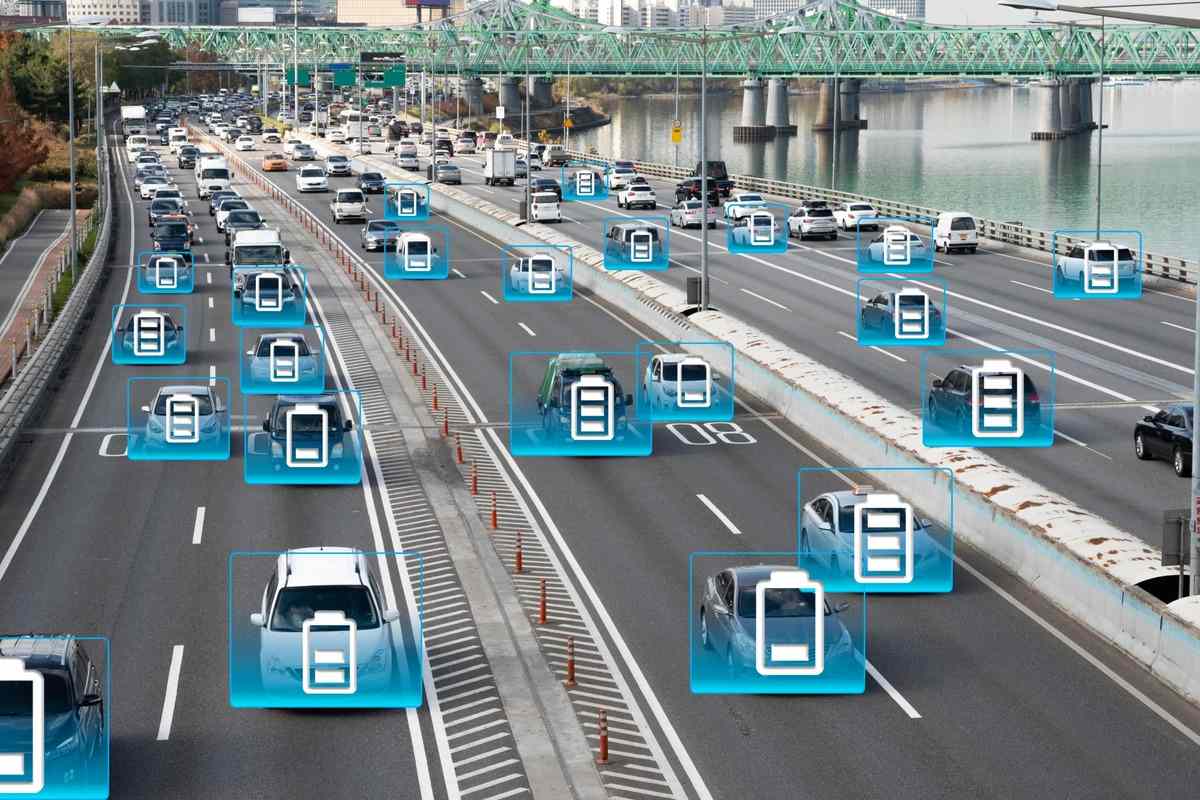Can EVs Drive Long Distances?

By 2030, one out of every two cars sold will be electric. While this is great news for the environment, it sets off panic and anxiety among some drivers; known as “range anxiety,” this belief poses a significant obstacle to the mass adoption of EVs.
The good news is that with the emergence of new technologies making it viable and more sustainable to roll out ultra-fast charging stations, there is no reason to believe that long-distance trips in EVs will be any more challenging than the same trip in a gas-powered car.
France, for example, increased the number of public charging stations by 64% in 2021, and as of July 2022 the number of public EV chargers in the UK grew to 32,011. Other countries are likely to follow suit as governments and industry leaders recognize that their commitment to reducing the number of gas-dependent cars on the road requires them to provide the infrastructure necessary to support EVs. The EU as a whole aims to have 3 million public charging points by 2030.
The challenge lies less in the EV’s ability to drive long distances and more in the charging infrastructure that will need to support the upcoming demand.
Public Chargers are Increasing
Governments are well-aware that the current power grid infrastructure in most places is not strong enough to provide the increased demand for power that will come with the increase in demand in fast and ultra-fast EV charging.
The UK is ahead of the game compared to most other countries, with more rapid chargers per 100 miles of main road than any country in Europe. Adding to the convenience of owning an EV is the introduction of a new battery in early 2021 that is capable of being fully charged in 5 minutes and able to drive over 300km. This will make it possible to fully charge an EV in more or less the same time as it takes to fill up a tank of gas. The only issue is that it will require over 300 kW of power.
While it is good news that countries are committing to increasing the number of public charging stations, they need to ensure that most of those stations offer ultra-fast charging and that they are not all concentrated in urban areas. Furthermore, they need to ensure that the grid is able to sustain the additional power demands.
Currently, the vast majority of public charging stations are in urban areas. Drivers who live in or plan to travel through rural areas are right to be more cautious, and governments should focus on increasing the number of charging stations in rural locations and on highways.
Myth-Busting with Porsche
Porsche set out to prove just how easy it can be to take a long-distance road trip in an EV when the appropriate charging infrastructure is in place. They drove a Porsche Taycan 2,834 miles across the United States, during which the car spent a total of 2 hours, 26 minutes, and 48 seconds being charged. By mapping out where the rapid charging stations are along the route, the trip did not require any more downtime than using a regular non-electric car.
Making it Sustainable
Cars contribute 72% of the CO2 emissions in the transportation sector. Long-distance drivers will be able to contribute significantly to the reduction of this number by switching to EVs, but they need to be able to do so with peace of mind.
While an increase in EVs and the integration of renewable energy to power the transition is in process, the charging infrastructure must also progress accordingly to enable this transition to take place in a truly sustainable and cost-effective way.
Power boosting solutions, which are being discussed and deployed more and more these days, can enable the vast roll-out of ultra-fast chargers and eliminate grid limitations and “range anxiety,” all while contributing to the sustainability of the planet.
